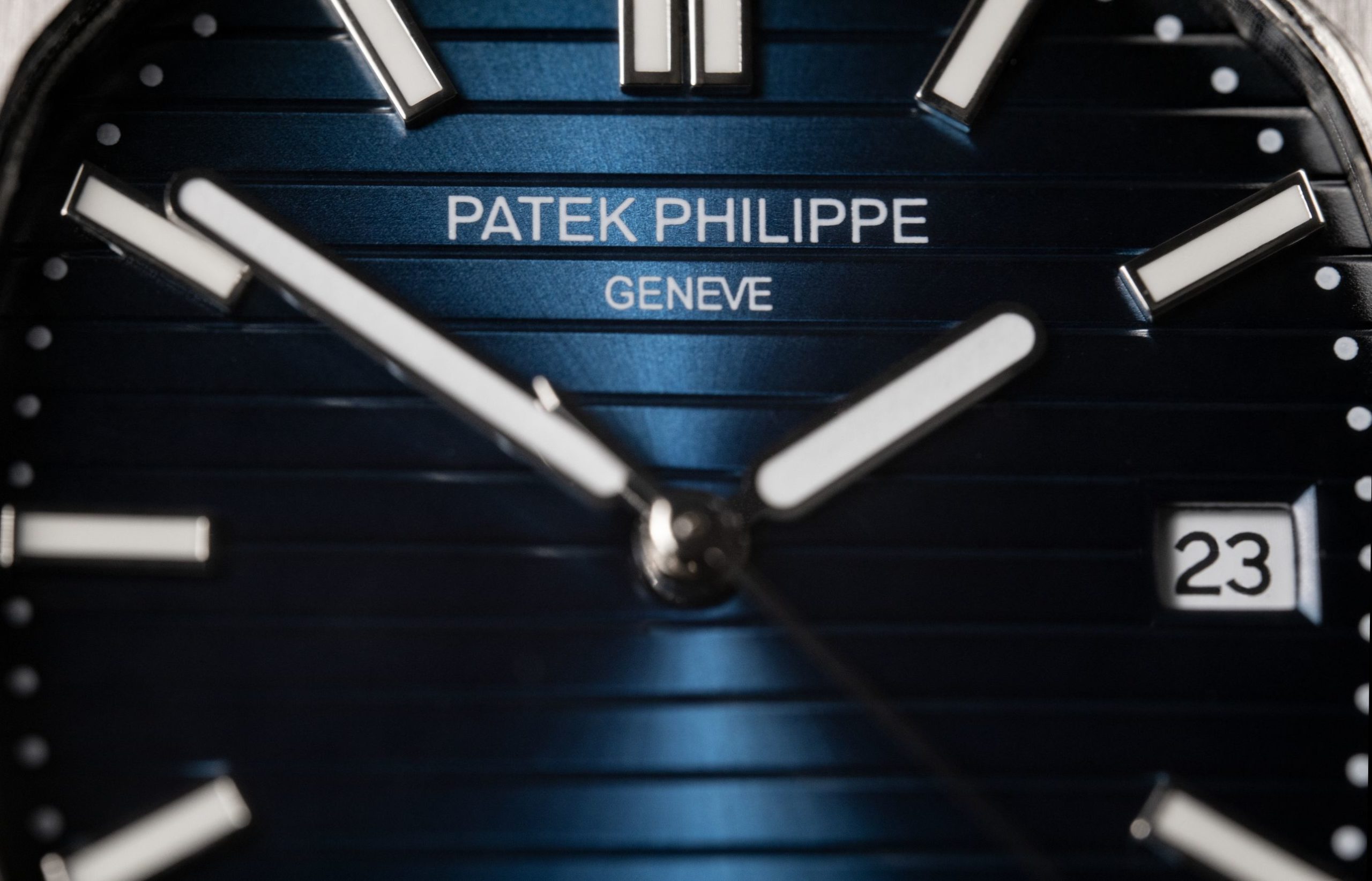
Hushed silence usually follows what people view as holy. Which is why it’s not a surprise when horologists around the world offer a reverential pause after the name Patek Philippe is uttered–especially when the numbers 5711 follow them.
However, the Patek Nautilus 5711 has taken the extra step towards becoming an unobtainable legend with the announcement that this wearable piece of art is now discontinued. But where did it all begin? And how has this modern legend changed over the decades? Let’s take a look.
Not surprisingly, this real-life legend has a name with origins in fiction. The name ‘Nautilus’ comes from the submarine in Jules Verne's famous novel 20,000 Leagues Under the Sea–but there’s far more nautical inspiration than just its name.
The rounded shape of Captain Nemo’s ship’s portholes inspired a watch design that bears a comparable resemblance, with its two sides keeping the bezel attached to just one opening–apart from the one for its crown. The watch’s movement and dial are interestingly both taken out of the case from the front in order to make it waterproof at a 120 meter depth, a remarkable feat for its time.
Therefore, the name 'Nautilus' has been adopted in order to put this underwater capability ahead of any other feature. An advertisement of the watch reveals Nautilus being worn on both hands whilst submerged underwater and during elegant evening attire–highlighting its understated versatility.
This sea-inspired vision came to life in 1974, when Gérald Genta, the man behind the Royal Oak watch design for Audemars Piguet, presented Patek Philippe with a sketch of the 42mm Nautilus. Its unique porthole-inspired case shape having an octagonal rim that is rounded and possessing "ears" where one side had a hinge and the other side had a clasp. Embellished with horizontal ridges on its dial and offering an integrated metal band, it was easy to identify this timepiece.
It was a bold statement in every way–including its steel construction. That’s because up until then, Patek Philippe collections almost exclusively included excellent gold watches that boasted intricate functions such as perpetual calendars and minute repeaters. Despite initial uncertainties whether or not this bulky steel sports watch would fit in their collection, Patek Philippe embraced it two years later, officially dubbing it the "Nautilus".
The original Nautilus, Reference 3700, was equipped with the thin self-winding movement 28-255 system, created in 1967 by Jaeger-LeCoultre for Vacheron Constantin, Patek Philippe and Audemars Piguet. This same system was also used in the Royal Oak and recognized as Caliber 2121.
As hard as it is to believe, demand for the Nautilus was meager when it was first presented to the public. It wasn’t until 1980 when Patek Philippe presented a ladies' Nautilus with a quartz movement that things changed dramatically, with public appetites for the timeless classic quickly growing.
As demand kept building, a mid-size men's model (Reference 3800) became available with just 37mm in diameter a year later. In 1996, a Nautilus model featuring Roman numerals with smooth dial was offered, with gold versions following shortly after. Collectors started naming the previous, broader model as "Jumbo" now that smaller models were out for purchase. Creation of this smaller version concluded in 1990 and auctions now reveal that it continues to obtain high prices.
In 1998, the timekeeping gods of Patek Philippe launched their original Nautilus model, Reference 3710, at its customary 42mm measurement size. The watch featured Roman numerals and a power-reserve indicator. In 2005, the collection was updated with Reference 3712. This version included a power-reserve gauge and a moon-phase indicator as well as adding an asymmetrical pointer-date display.
To commemorate its three decades of success in 2006, Patek Philippe also launched the Nautilus Chronograph. With its newly-developed Caliber 28-520 C, Reference 5980, it was only available in rose gold and a two-tone steel and rose gold combination. This was the first Nautilus to incorporate a chronograph movement without “added functions”. It’s assumed that this is due to it already coming well equipped with a rapid-advance date, combined minutes and hours counter, plus a flyback feature for resetting the running chronograph.
Excluding the assortment of ladies' watches (which come in many sizes, fitted with quartz and mechanical movements), five versions make up the most recent Nautilus collection:
Lastly, it’s worth noting the 40th anniversary of the Nautilus was celebrated with two limited-edition models released in 2016: a platinum version of Reference 5711 (limited to 700 pieces) and a chronograph version in white gold with a larger 44mm case (limited to 1,300 pieces).
The adage ‘all good things must come to an end’ certainly applies in this case: the Nautilus 5711, despite having captured hearts across the horological world, is no more. Rather, its legacy has been reincarnated into the next iteration: the 5811. Its conclusion, in turn, has only added to the 5711’s legendary status–and thus, to its value.